Not many people are familiar with this diet, and neither am I. But climate change is on top of many's minds today and I wanted to figure out for myself what following a climatarian diet meant, especially how I can help other people to incorporate more climate-friendly recipes in their cooking.
Here are some questions I asked myself while I was learning about this topic, and of course, the answers I found!
What is the climatarian diet?
A climatarian diet strives to reduce carbon footprint thru sustainable eating. For example, eating foods that don't cause high carbon emissions in their production, eating local food with less associated air miles, eating organic food, and minimizing food wastage.
Most of the time this means no beef, lamb and goat, as well as unsustainably caught fish, air-flown food, and heated greenhouse-grown food.
How is the climatarian diet different from a vegan or plant-based diet?
A climatarian diet does include many plant-based foods because animal products generally have a higher carbon footprint. This means it is easy to put climatarians in the same bracket as vegans or people who are plant-based. However, there are differences.
Someone who is plant-based avoids all food products from animals. This may be an attempt to be more healthy, perhaps a weight-loss regime, or general concerns about the environment or treatment of animals.
Veganism is more of a lifestyle than simply a diet. Most vegans choose to be vegan as a way of avoiding animal suffering and exploitation, which involves avoiding all animal-based food products and avoiding leather, which is derived from cows, eating honey, and avoiding any cosmetic or cleaning products that are tested on animals. Veganism is primarily based on ethical concerns, but many vegans also adopt the lifestyle for the planet's good.
A climatarian diet doesn’t rule out all animal products. It does, however, exclude beef and lamb as these have the most significant impact on carbon emissions and use land most inefficiently. A climatarian could still eat poultry and fish to reduce their impact on the environment and sourcing local products. However, it is now well evidenced that an entirely plant-based or vegan diet would, in the majority of cases, be the best diet to adopt for minimizing climate impact.
Why is climatarian diet becoming more popular?
The climatarian diet is becoming more popular simply because there is now more concern for the effects of climate change. Climate change is now a serious threat to future generations and is even impacting people worldwide now. People are becoming more aware of the crisis and want to do their bit to halt climate change and its effects. Altering your diet is one of the most effective ways to live a green lifestyle reduce your own personal carbon footprint.
What is the basis of a climatarian diet?
Underpinning the concept of the climatarian diet is reduction. Avoiding excessive consumption and wastage of food immediately makes a diet better for the environment.
Secondly, sourcing food locally is vital to minimize travel-related emissions. This also means eating fruits that are in season locally, so exotic fruits are not exported.
Lastly, the most significant impact foods are replaced. That means beef, pork and lamb are off the menu, and if you are a meat-eater, chicken and sustainable fish are preferred.
What are some examples of foods with a low carbon footprint?
The lowest carbon footprint foods are generally nuts, fruits, vegetables, beans and legumes. These include citrus fruits, root vegetables, peas, bananas, lentils, tomatoes, and carbohydrates like wheat, rye and maize, and proteins like all types of beans and tofu.
What is the difference between high carbon emission foods & water consumption?
Just because it isn't meat or an animal product doesn't mean that there is no environmental impact. Fruits and nuts such as avocados, almonds and cashew nuts require vast amounts of water to produce, up to 320 liters for just one avocado. This raises the associated CO2 emissions and causes different environmental problems, such as water crises and scarcity in the countries they grow. Conserving water is very important as excessive water use damages eco-systems.
Are almonds climatarian-diet-friendly?
In a climatarian diet, some may choose to avoid almonds due to their high water usage. Like peanuts, hazelnuts, and walnuts, some other nuts may be preferred as they are less water-intensive. However, using almond-based products is still better for the environment than many other products, such as eggs and cow's milk. So, if you were baking a vegan cake with almonds, it would probably be better for the environment than a non-vegan cake with eggs and milk.
Air miles also come into consideration. For example, most almonds are grown in the US, so if you are from there, the carbon footprint of your almond consumption would be lower and definitely climatarian friendly.
But what about the water usage of almonds? Shouldn't almond milk be unacceptable in a climatarian diet?
I found this to be not true. Apparently the water usage for almonds is high as these nuts just require a lot of it to grow. For example, cows drink about 30 to 50 gallons of water each day! So, when comparing the same amount of almond milk with cow’s milk, the water consumption is almost half as intensive for almonds.
Why is a high soy diet still climate-friendly when it causes deforestation?
A climatarian may eat meat alternatives made from soy products or perhaps drink soy milk. The leading cause of deforestation in the Amazon is making way for the farming of soybeans, so it would seem wrong for a climatarian to consume a lot of soy. However, 80% of soybean production is for feeding livestock. So, when you eat beef, you actually contribute to more rainforest destruction due to soybean farming than actually eating a soy-based product.
Are coconut products climatarian-diet-friendly?
Coconuts are an environmentally friendly nut. They don't require much water and considering their trees can absorb carbon, they have a low carbon footprint. Coconut trees also don't require pesticides, so pollution is also reduced, which can't be said for other types of oils and flours.
While a climatarian could include all types of flour in their diet, coconut certainly fits the bill for low carbon, low impact food, which is also gluten-free and has health benefits.
Is a climatarian diet low in protein?
Some may say that meat is a good source of protein. This is true of chicken and fish, but less so with red meat. As some climatarians would still eat white meat, they would probably get enough protein. However, vegetarians or vegans can still get their protein elsewhere. Soybeans are a great source of protein, as are many nuts, beans and seitan. So it is certainly possible to get enough protein and be healthy as a vegan.
Every diet needs to be balanced and planned to have enough protein or other macronutrients, regardless of whether an individual eats meat or not.
Does a climatarian diet miss out on vital vitamins?
There are a couple of crucial vitamins that a climatarian may miss out on. Red meat is rich in iron, and vitamin B12 cannot be found outside of animal products. Therefore, non-meat eaters need to supplement their diet with vitamin B12, which can either be done via a multivitamin tablet or through products such as almond milk which are sometimes fortified with vitamins.
Iron can still be found in beans, nuts and dried fruit. Therefore, it is essential to check whether you are getting enough vitamins when excluding food groups from your diet.
Does the climatarian diet have health benefits?
Yes. Red meat such as beef, lamb and pork have high saturated fats leading to high cholesterol and the number one killer globally, which is heart disease.
A climatarian diet would typically contain less saturated fat and less processed foods, which means that risks of heart disease are lower. Many plant-based eaters do so solely for health reasons, including some athletes. However, it is essential to note that any diet is only as healthy as you make it. A climatarian or vegan could have minimal impact on the planet through their diet. Still, they could live off chips and biscuits, so a climate-conscious diet is not automatically healthier!
How much impact on climate change does the climatarian diet make?
A climatarian could have a minimal carbon footprint, even while eating meat. This is possible if all food is very locally sourced,
However, for the vast majority of the world, having locally sourced products isn't always possible. For those without gardens or food waste collections, composting and minimizing waste is also tricky.
Researchers at the University of Oxford found that cutting meat and dairy products from your diet could reduce an individual's carbon footprint from food by up to 73 percent, and it could be the "single biggest way" to reduce your environmental impact on the earth. So ditching animal products altogether is likely to reduce your impact the most.
This article sums up basically what I now know and have learned about climatarian diets. I hoped this helped!

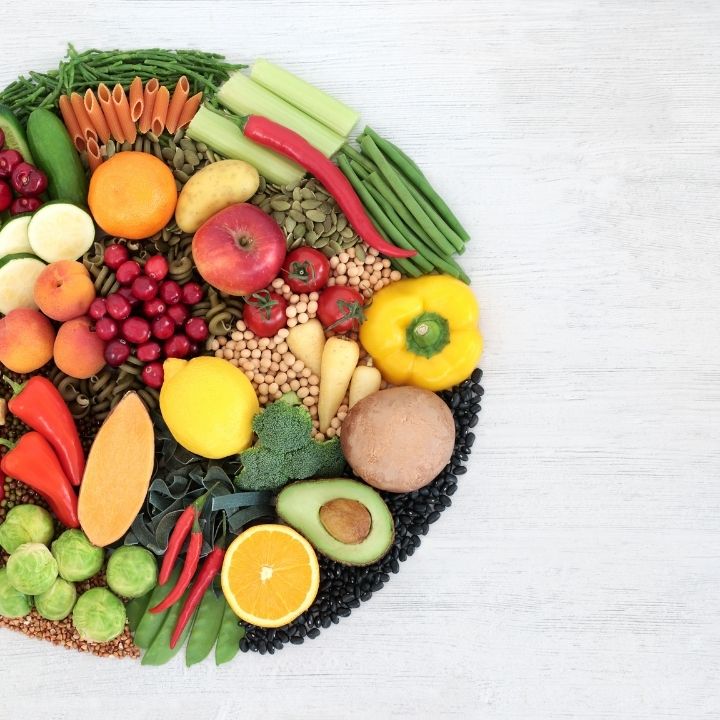
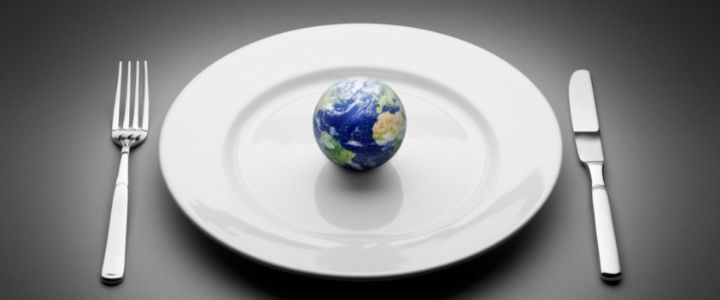

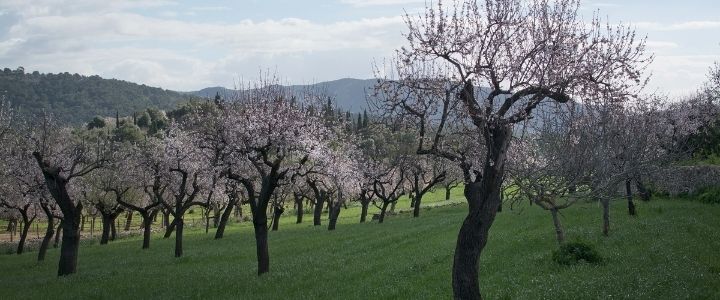
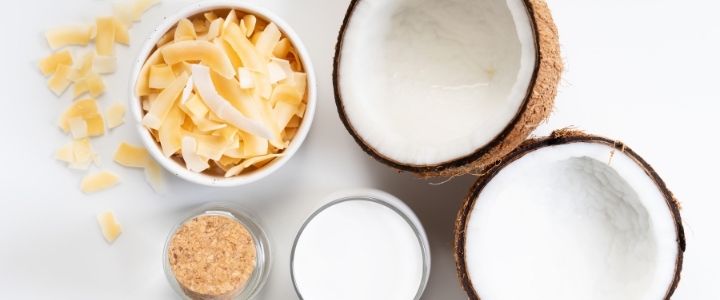

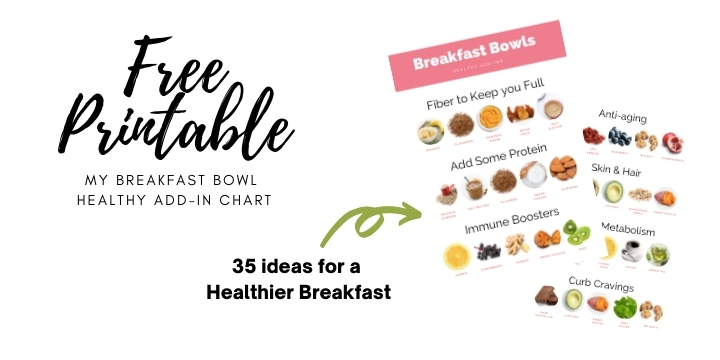







Leave a Reply